Cooking Tips for Sustainable Fish
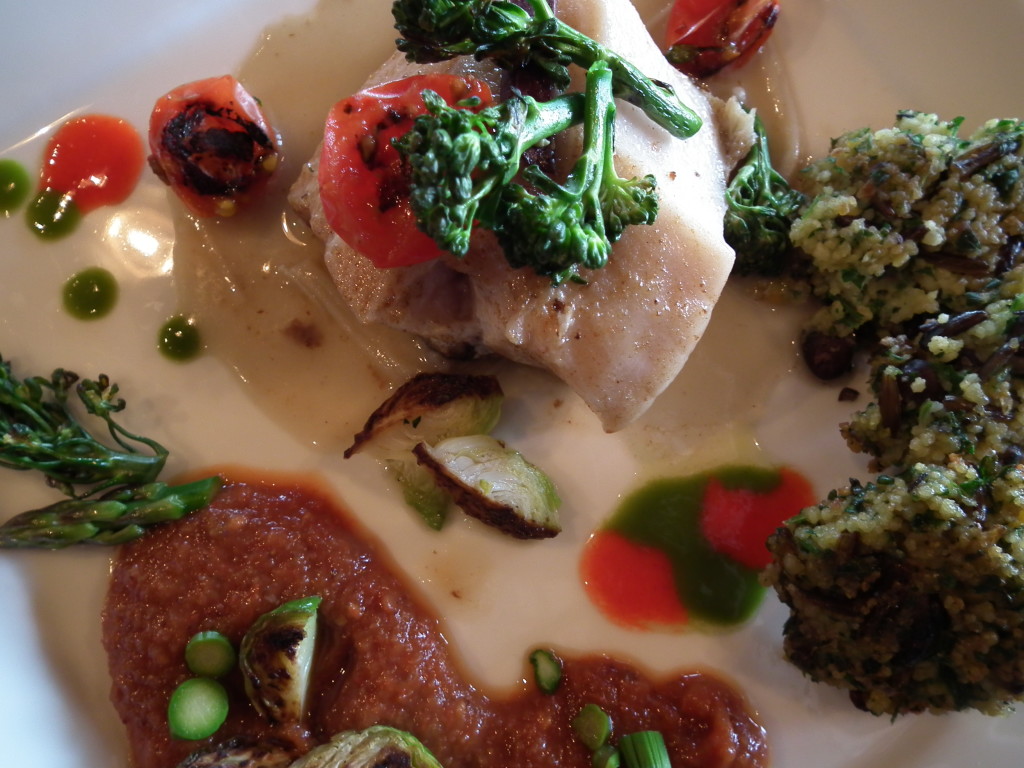
Cooking with sustainable fish results in delicious meals that nourish your mind and body while helping maintain the oceanic ecosystem.
Wild sablefish—also called black cod, gindara in its sushi form, or, fittingly, butterfish—has a natural oil content that makes it the most buttery, rich, supple-textured fish to cook with. It’s fantastic!
Found predominantly in the cold Pacific waters of BC through Alaska, this sustainable fish is available year-round and is labelled a “Best Choice” by Canada’s SeaChoice Sustainable Seafood Program and the American Monterey Bay Aquarium Seafood Watch. It’s also certified as sustainable by the Marine Stewardship Council.
These websites can help you make informed seafood-purchasing decisions. You can find information on these sites about the seafood sustainability practices of grocery store chains, restaurants and related businesses. Seafood retailers and restaurants play an important role in conserving ocean resources, and your purchasing choices make a difference.
Chefs for Oceans, a movement started by Canadian chef Ned Bell, works to create and support environmentally responsible seafood procedures. You can also support Ocean Wise in their campaign for a national sustainable seafood day.
These websites provide a quick synopsis and help us to make informed choices to protect the ocean’s long-term health. The ratings include details such as sustainable choices or best choices, good alternatives, concerns and fish to avoid. Think of yourself, the global fishing community and the ocean’s ecosystems as part of an entwined food web; your choices have a direct impact.
Another option is to become a conscientious omnivore and eat smaller portions of fish while supplementing your diet with grains and vegetables.
Cooked Black Cod
- Pictured above is a four-ounce piece of sustainable black cod, lightly seasoned with salt and seared skin-side down in a high-quality sauté pan with a bit of butter and olive oil on medium-high heat. Add a lid to the pan once the skins are golden brown, then turn the heat down to medium or low to steam-braise the cod. Baste the cod with its juices and the hot olive oil/butter for 10–12 minutes until the flesh is firm, opaque and just beginning to flake. As a thick-sided fish, the flesh has a high oil content, so it takes a bit longer to cook and is not pleasant medium-rare like salmon—it’s best cooked through to perfectly done (not overcooked).
- I was just in BC eating delicious fresh seafood and learning about sustainable fish practices, and this trip inspired this selection of fish. (I sourced it from Dave’s Fish Market in Burlington.)
Black Cod Sauce
- Chop four fresh lemon grass stalks into large pieces and crush them with a mallet to release their essence, and then make a stock by boiling them with water for about 20 minutes. Strain the stock and discard the crushed lemon grass. Low-calorie amazing essence!
- If you purchased a whole side of black cod, portion the fillets and remove the bones. Take the fish scraps, including skins, and sauté them briefly on medium heat until golden brown. Combine them with water and half of a roughly chopped onion to boil and make a rustic stock. Strain the stock and discard the scraps.
- Sauté until tender with a bit of butter and enoki mushrooms, then set aside.
- Make a roux in a medium saucepan with two teaspoons of truffle oil and two teaspoons of all-purpose flour on very low heat.
- Whisk the strained fish stock into the roux on medium-low heat. Continue whisking while waiting for the flour to thicken the stock. Add the lemon grass essence and enoki mushrooms, plus salt and pepper to taste. If your sauce is too thick, add a bit more water, and if too thin, whisk some cornstarch into the sauce (following package directions).
- Pour the sauce onto the corner of the plate and place a piece of cooked black cod on top.
- This sauce serves several people.
Vegetable Puree Decorations
- Source one bunch of organic collard greens and chop them roughly. Steam them briefly (until softened) to save their intense green colour.
- Puree the greens with a little bit of water and salt. Strain (save the solid greens to make a green smoothie if you’d like), then boil the liquid briefly. Thicken with a bit of cornstarch (following package directions). Cool immediately and pour it with a sauce boat (or squeeze bottle with a small spout) to paint the plate.
- Strain, rinse and puree a bottle of roasted sweet peppers (not the kind cured in vinegar). Add a bit of water, then boil the smooth liquid briefly.
- Add cornstarch to thicken according to package directions. Cool immediately and pour it with a sauce boat (or squeeze bottle with a small spout) to paint the plate. Save the solid strained peppers for future dishes if you like (they’re great with couscous).
- Halve and roast some fresh tomatoes in the oven until golden brown, caramelized on the edges and soft (careful not to burn them). Puree with their skins and seeds, then add some kalamata olives—a little at a time—until you have a thick and rustic tomato-olive puree. Spoon a few tablespoons of the tomato puree onto another corner of the plate.
- These purees serve several people.
Combined, the above elements create a beautiful presentation for special occasions. For simpler meals, any of the elements make a delicious lunch or dinner.
Top your sustainable fish with the vegetable sauté ingredients from my recipe e-booklet (sprinkle wherever looks good). I made some mini grain cakes that were one-third the size of my normal grain cakes and placed them in a corner of the plate. You can also add some raw asparagus purple-tip leaves for decoration.
Explore, grow, nourish, connect!
Update: We’re so proud of the work we’ve done in our hands-on teaching and dinner party classes. Working with our clients has played such an important part in the new direction of Tree House Kitchen as a food literacy company. We hope you enjoy reading about our past classes and where we’re headed moving forward.

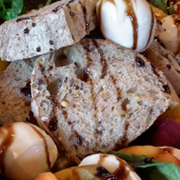
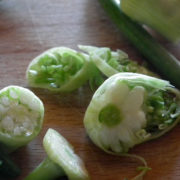
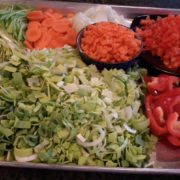
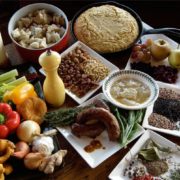
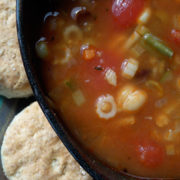
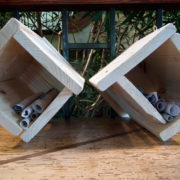
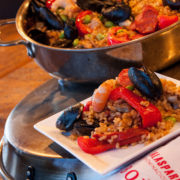
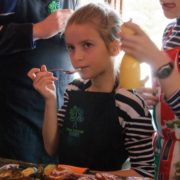

Leave a Reply
Want to join the discussion?Feel free to contribute!